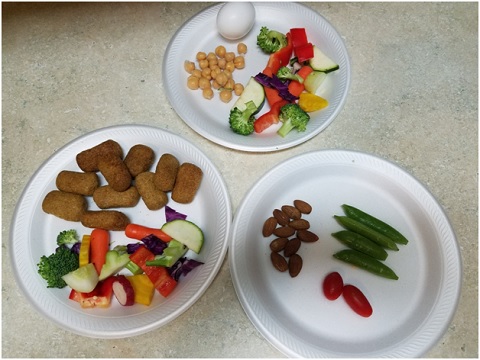By Mary Lynn Campbell

“Leroy” (age 17) is “Sissy Lou La-La’s” new boyfriend
This topic is a very important one for all monkey caregivers to know about. Many of you may feel pulled by other people’s beliefs or opinions about what is the right way for you to tether your monkey for safety.
Networking on Facebook groups and other internet networks is absolutely wonderful for learning about how other monkey owners live with their monkeys but when it comes to a controversial subject like this, the lines can be drawn by judgments and opinions. It is my job to give you the facts about this subject so you can draw your own conclusions.
So, with your flexible mind I ask you to bear with me as I give you true facts and stories that will help you gain the information that you will need for making your own decisions about your monkey’s safety equipment. So, let’s begin our journey into this “Special Topic.”
